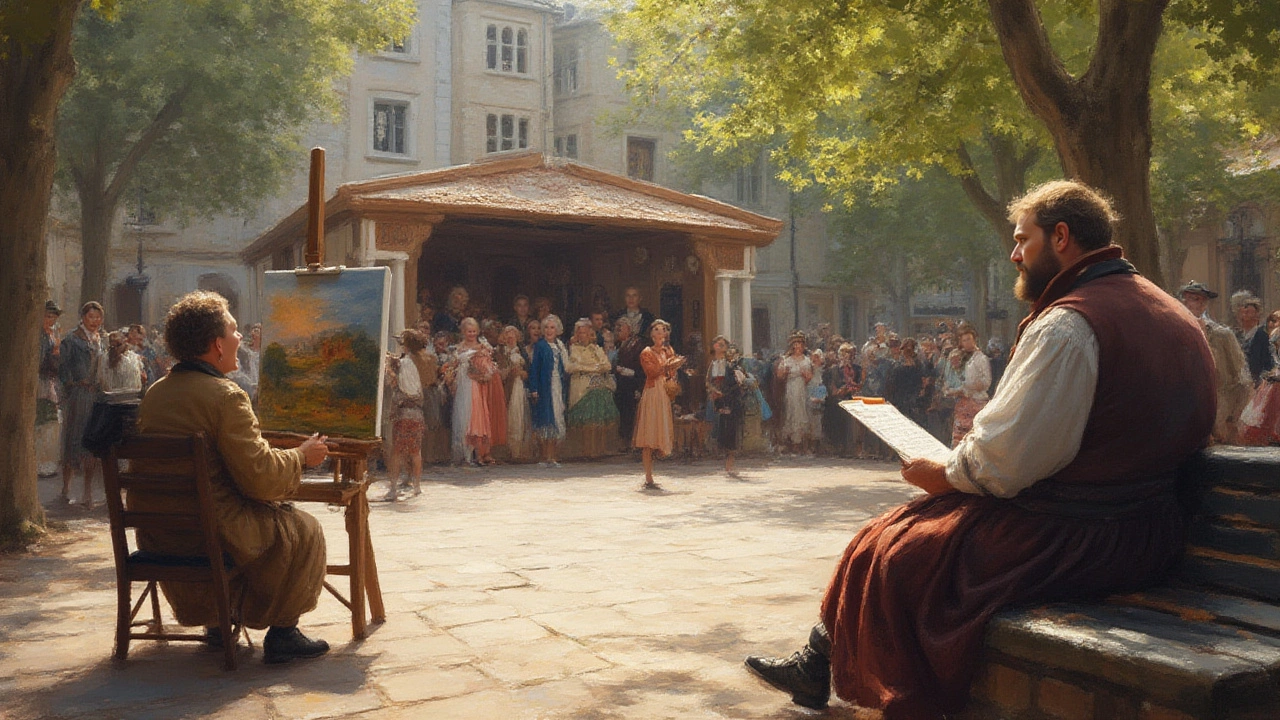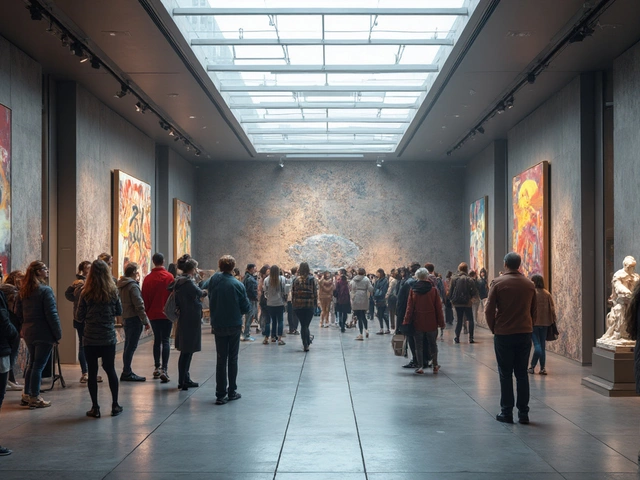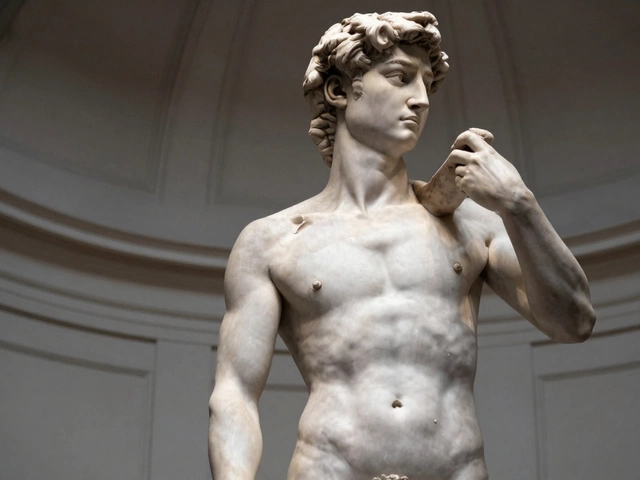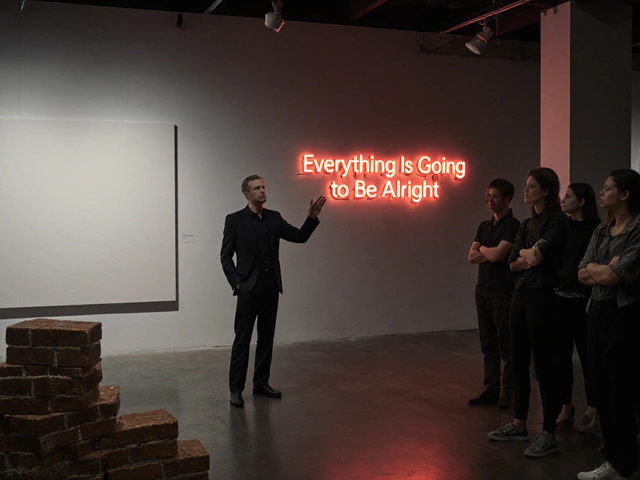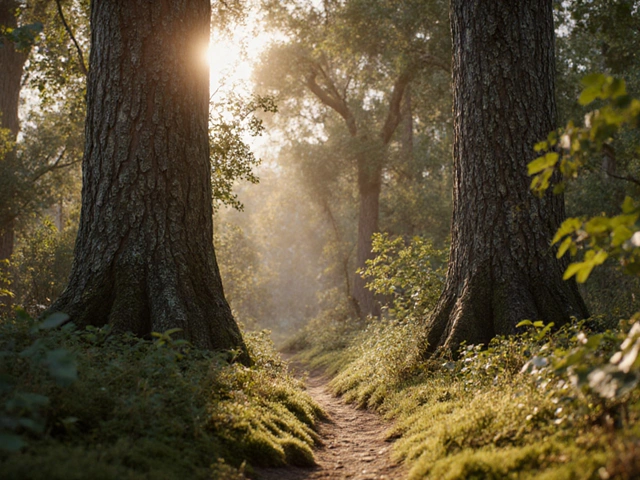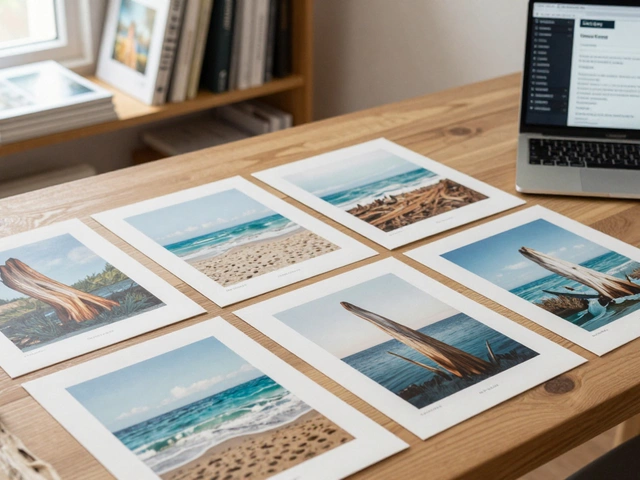Ever looked at your cat stretched out in a ray of sunlight and thought, that’s pretty much a masterpiece of living? Art is all around us—sometimes it’s obvious, like a splashy mural in the city, and sometimes it’s subtle, like the way your favorite song can hit the exact right spot in your brain. But when people talk about “the arts,” they usually mean something more specific. For thousands of years, humans have grouped creative expression into three big buckets: visual arts, performing arts, and literary arts. Let’s crack each one open, see what fits inside, and maybe even discover a few things you hadn’t noticed before.
Visual Arts: When Creativity Meets the Eye
Visual arts grab you by the eyeballs. We’re talking paintings, sculpture, drawing, photography—anything you look at and go, huh, that’s something special. Walk through any art museum, from the Louvre to the tiny gallery down your street, and you’ll spot all sorts of ways humans have tried to push pigment, metal, stone, or even digital pixels into forms that make you feel things.
Back in prehistoric times, people painted stick-figure deer and handprints on cave walls. Flash forward to now, and you’ve got digital artists with styluses, projection mapping, and memes bouncing around the internet. Yet, whether you’re talking about Michelangelo chiseling marble, Banksy spray-painting a wall, or your uncle snapping iPhone photos of his lunch, it all comes down to expressing something through images. Sculpture isn’t limited to Renaissance statues, either—today, you’ll find installations made from recycled garbage or light sculptures using LEDs. Nothing’s off-limits; I mean, Whiskers once walked across my wet canvas and left paw prints, and now I kind of want to frame that too.
One tip: if you ever want to start experimenting with visual art, don’t get too hung up on expensive tools. Even a ballpoint pen and scrap paper are a place to start. Did you know Picasso created some of his most famous line drawings with just ink and a simple brush? If experimentation feels scary, try copying a style you like—you’ll quickly figure out what you enjoy. Art teachers say “stealing like an artist” isn’t a crime; it’s a way to find your footing. And if you ever feel stuck staring at a blank page or canvas, go outside. Nature’s basically the OG gallery. The way tree branches fan out? That’s some natural composition magic right there.
Beyond making and looking at art, there’s a hidden benefit. Studies out of Harvard have shown just looking at good art lights up the same parts of your brain that fire up when you eat chocolate or fall in love. So, if you ever need an instant brain tickle, find a painting that draws you in, and just soak it up for a moment.
Performing Arts: Creativity in Motion and Sound
If visual art sits still, performing arts are always moving. This chunk of the arts covers dance, music, theater, opera, circus acts, spoken word, and even stand-up comedy. Try imagining the world without performances—you’d have no concerts to lose your voice at, no plays to laugh or cry through, no TikTok dances to copy. Weird, right?
Going way back, humans started with drumming rocks and dancing around fires. By the time Shakespeare was writing plays, theaters were springing up in England, and audiences were tossing oranges if they were bored (true story—can you imagine doing that now?). Music has always changed with technology, too. Vinyl records, cassette tapes, streaming apps—they’ve completely shifted who gets to make and share music. Same for dance. What began as ritual and celebration in indigenous cultures now fills ballet schools and massive pop concerts.
Here’s something not everyone knows: singing together can actually make your heartbeat sync with others in the group. University researchers in Sweden found that when a choir sings in harmony, their heart rates line up like they’re moving as one living instrument. That’s the sort of real-life magic you can’t get from anything else. If you’re ever backstage before a show—whether you’re in a school play or a big band—there’s this nervous/excited vibe you just can’t fake. That rush is why some people chase the spotlight forever.
Even if you think you “can’t” perform, remember that plenty of famous actors started out shy. Emma Stone, for instance, had to fight off panic attacks before she became an Oscar-winner. The trick? Practice, and gradually pushing your own “embarrassment zone.” If you aren’t ready for a stage, try karaoke with friends or an improv game at home. The more you laugh at yourself, the easier it gets to just go for it. And with smartphones, you can film a sketch or dance and send it to one person or millions online. There’s no one way to perform—you just have to let yourself try.
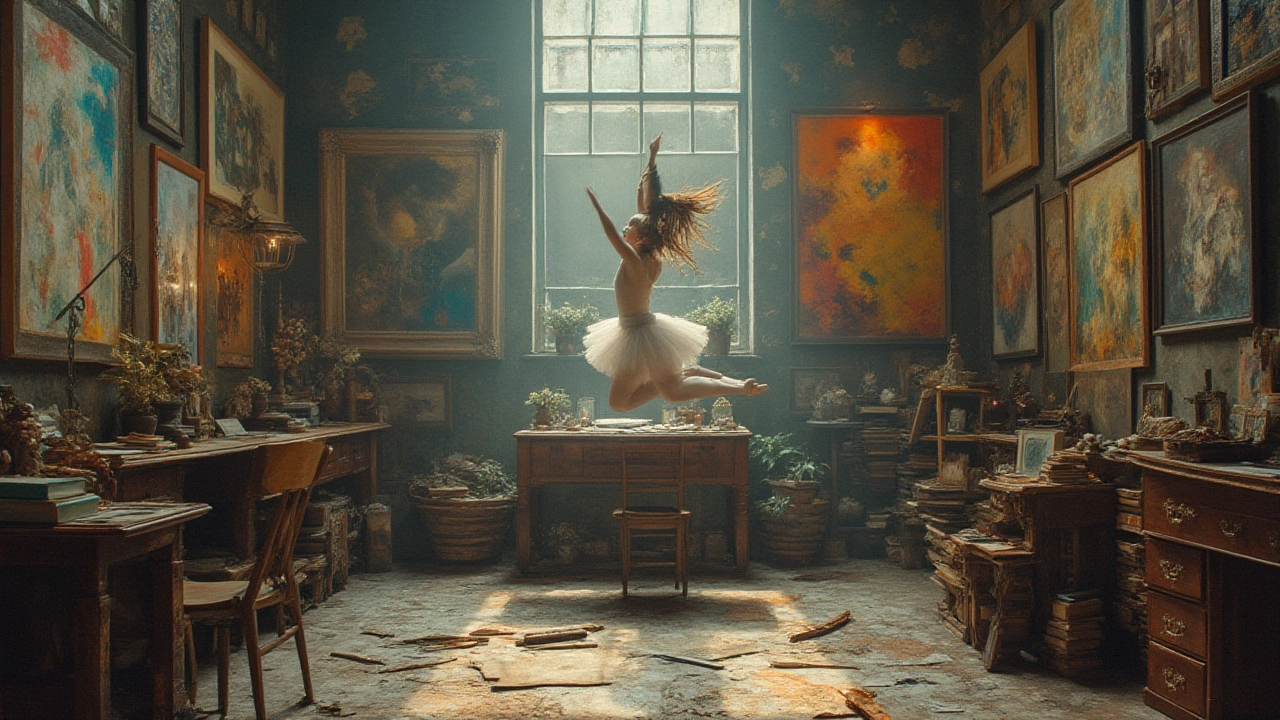
Literary Arts: Painting with Words
And now we arrive at the arts you read, not just see or hear. Literary arts roll together a huge family of creative writing: poems, novels, short stories, plays, speeches, essays, song lyrics—even graphic novels count, because the words take center stage. If you’ve ever gotten lost in a book or had a poem stick in your mind for days, you already know how powerful the right words can be.
Storytelling dates back to firelit nights when elders spun tales to teach or entertain. Fast forward, and those stories turned into epics like Homer’s Odyssey, Shakespearean dramas, and Harry Potter books that made millions of kids believe in magic. What makes literary arts unique is their deep dive into thoughts and feelings. A painting can show you a sunset, but a poem like Mary Oliver’s can make you feel every inch of how that sunset stirs the soul.
Pencil or keyboard, prose or rap—expression is the point. Nobel winner Toni Morrison once said, “If there’s a book you want to read, but it hasn’t been written yet, then you must write it.” Don’t stress about writing something “important”; start with what bugs you, what you see, what you wish for. If you don’t know where to begin, tip from a guy who’s wrecked his share of notebooks: steal a first line from a random book and go from there. You never know where your mind will take you.
There’s brain science behind the power of stories, too. Studies at Princeton found that when you get drawn into a well-told story, your brain waves sync up with the storyteller’s, making the experience feel almost like mind-reading. So, good writing isn’t just words—it’s a bridge from one person’s inner world straight into yours.
And literary arts aren’t just for dreamers. Journalists, speechwriters, ad creators—all lean on the power of a gripping sentence or a sticky slogan. Even memes? Basically tiny, lightning-fast poems for the social media age.
The Gray Areas and Blending of Art Forms
Art isn’t a neat little box. The most exciting stuff often happens when the lines get blurry. Ever watched a movie that combines killer visuals, a haunting soundtrack, and unforgettable dialogue? Films pull together visual, performing, and literary arts into one wild ride. Comics do this too, blending images and story into a single art form; that’s why they’re so stubbornly popular.
Even museums have started to jumble categories. You might see performance pieces filmed and played in art galleries or poetry read aloud at an art opening. Think of Hamilton, the smash Broadway musical. It’s got acting (performing arts), written lyrics (literary arts), and jaw-dropping set design (visual arts). No wonder it’s won just about every award there is.
Technology scrambles these categories even more. Video installations, virtual reality storytelling, and interactive art apps invite you to step inside a painting, remix a movie’s ending, or write a poem with strangers halfway around the world. I once saw an “art battle” livestream where two artists painted on giant canvases while DJs mixed music and the crowd voted in real time. You walk away not just watching, but creating and belonging.
Even learning about these art forms doesn’t have to be dry. There are endless YouTube channels where musicians break down their songwriting process, authors tell all about writing block, or digital artists show you how to turn doodles into digital masterpieces. Try it—create your own mashup (draw a comic about a weird day in your life, dance to your favorite poem, write a mini-story inspired by your favorite painting). You might be surprised at what happens when you jump the fence between the types.
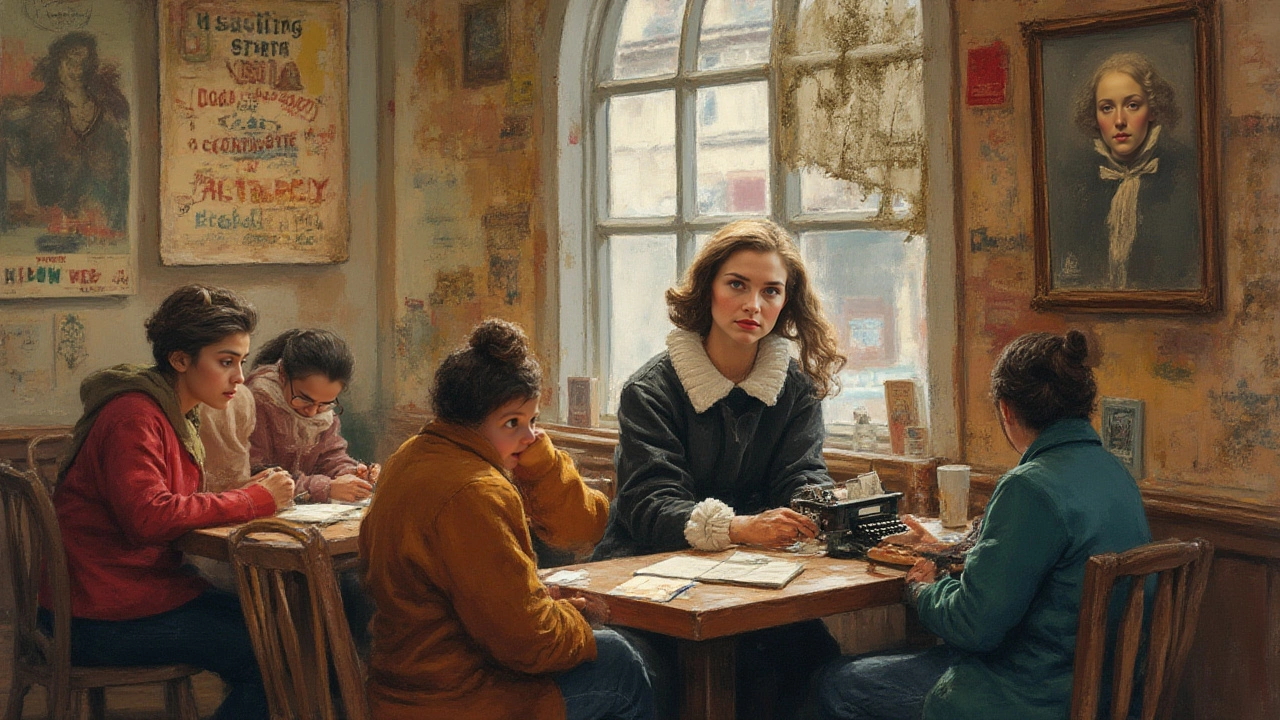
Why the Three Types Still Matter
So why bother with the labels? Calling out the three main types—visual, performing, and literary—helps us make sense of art’s wild playground. Each type brings its own flavor, its own rules, its own joys and hurdles, its own ways of capturing the world. Sure, life blends them together all the time (just ask any filmmaker, pop star, or novelist), but understanding the basics opens up new ways to enjoy, create, and talk about what you see, hear, and feel.
Not everyone is going to be the next van Gogh, Beyoncé, or Shakespeare, and that’s fine—the real win is getting your hands dirty, trying new things, and finding a style that makes you feel alive. If you’ve never picked up a paintbrush, danced in your kitchen, or scribbled out a weird dream, you’re missing out on a kind of happiness you can’t get anywhere else. Studies from the American Journal of Public Health show that regular art-making—even doodling or humming to yourself—can drop your stress and boost your mood as reliably as jogging or hanging with friends.
And if you want to share what you love? Go for it. Put your drawing on the fridge (or your Instagram), sing extra loud in the shower, or write your story and give it to a friend. Art, in all its forms, is one of the best ways to connect with other people—you never know who’s waiting to see, hear, or read what you’ve got inside.
So the next time you hear someone mention the main three types of arts, remember: types of arts aren’t just dusty labels from textbooks. They’re living, shifting invitations to see the world, yourself, and your cat (who is, I'm convinced, a secret performance artist) with fresh eyes. Try one out, mess around, make something just for the joy of it. What you create might not end up in a museum, but if it makes you feel even a little more awake to the world, you’ve nailed it.
